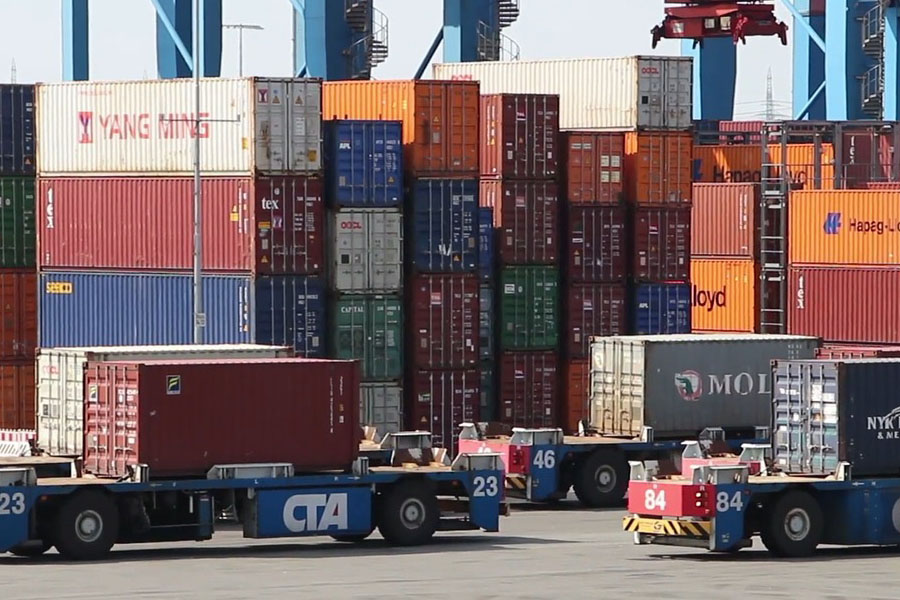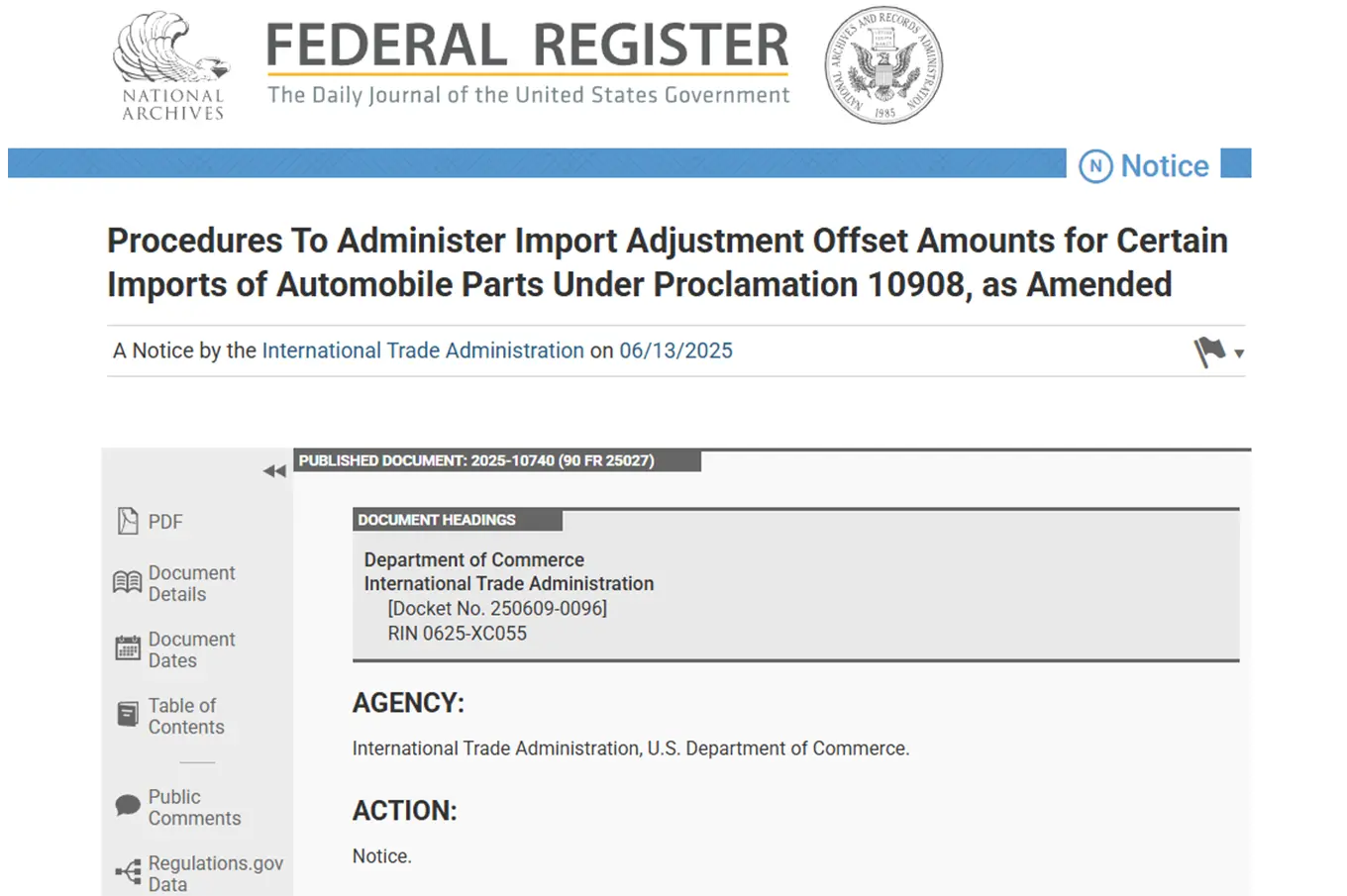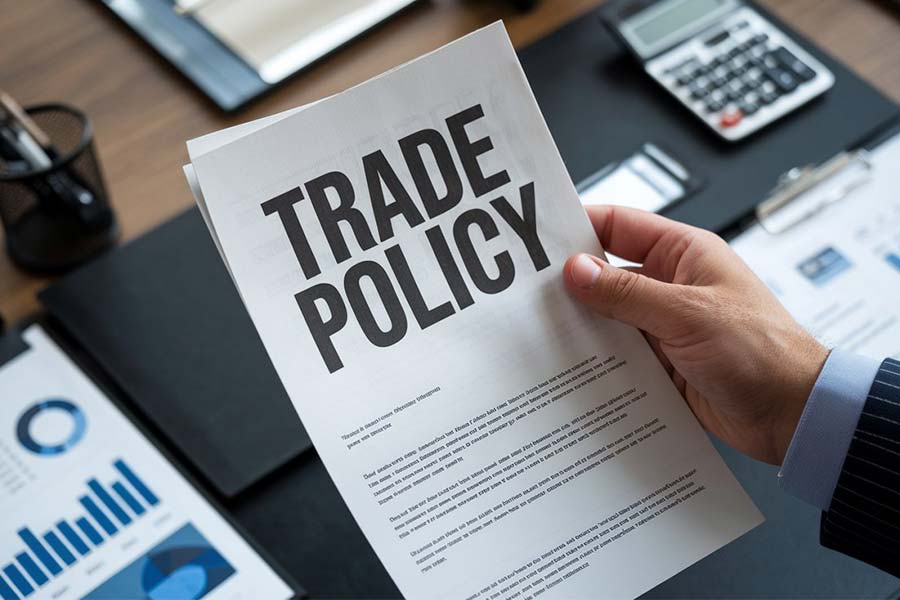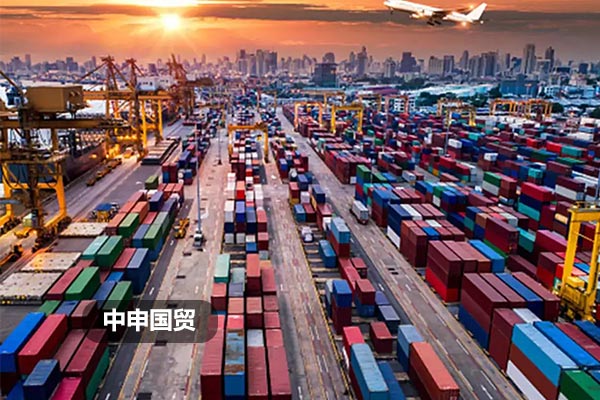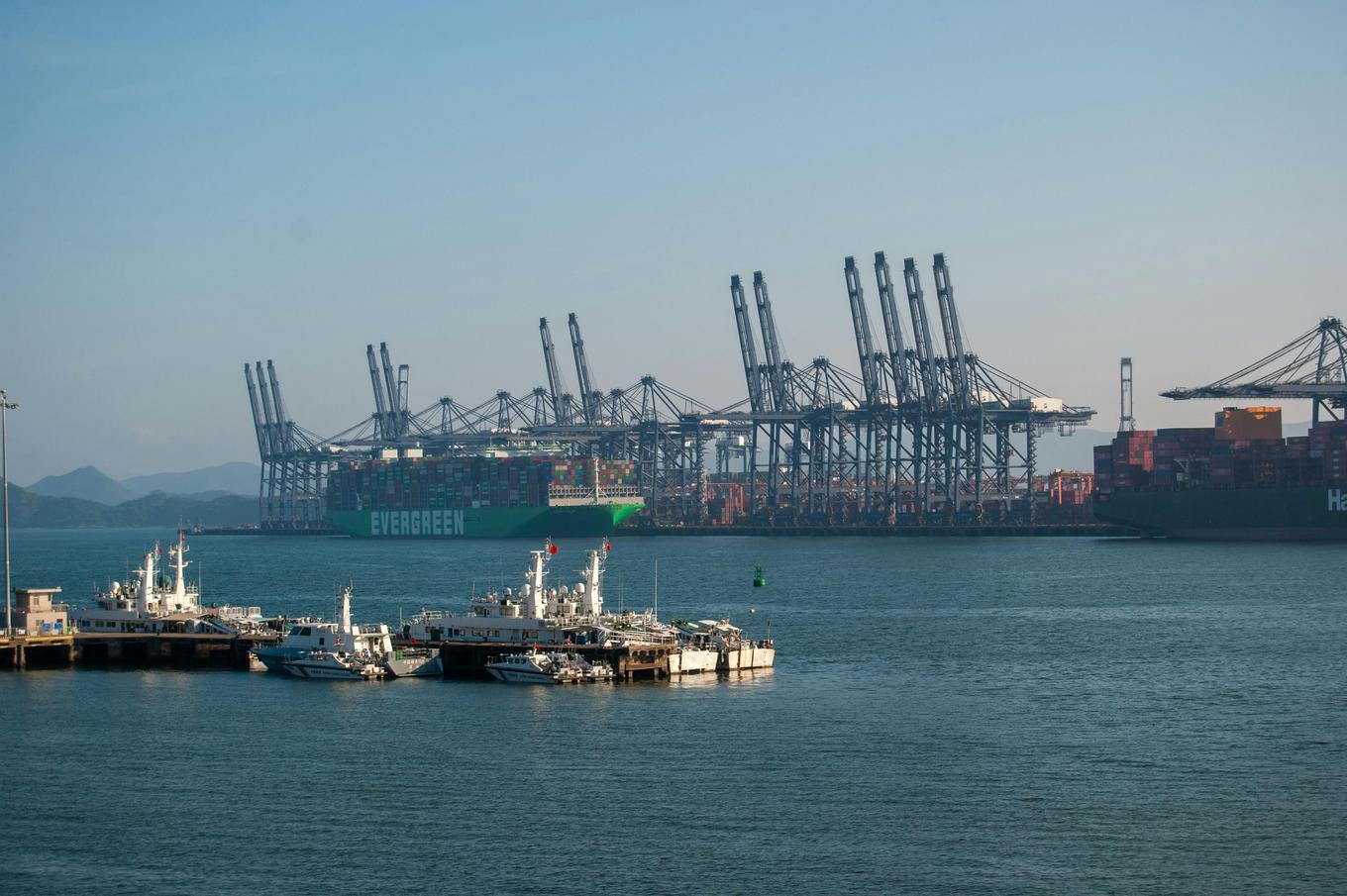- Shanghai Zhongshen International Trade Co., Ltd. - Two decades of trade agency expertise.
- Service Hotline: 139 1787 2118
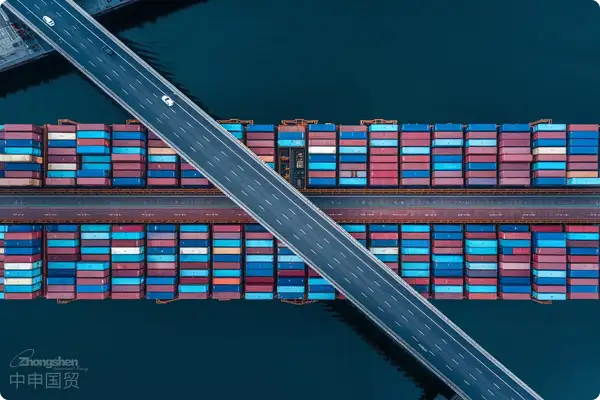
Introduction
On the grand stage of global trade, socks as daily necessities present abundant opportunities and challenges in import business. For enterprises and individuals aspiring to engage in sock import trade, understanding the entire import process, characteristics of different markets, and international trade dynamics is crucial. This article will provide a comprehensive professional interpretation of sock import matters to support your success in this field.
Professional document processing and logistics arrangements
In the sock import process, document handling is key to ensuring smooth trade. From commercial invoices and bills of lading to packing lists, each document carries vital trade information. Our company has extensive experience in document processing, capable of accurately and efficiently completing preparation and review of all documents. For example, commercial invoices must detail sock brands, styles, quantities, and values to meet customs declaration and tax calculation requirements. As proof of cargo ownership, we ensure bills of lading match actual goods to prevent discrepancies causing cargo detention or delays.
Logistics arrangements are equally critical. When selecting logistics methods, factors like cargo volume, delivery timelines, and costs must be comprehensively considered. For large-volume sock imports,Maritime Transportationis usually the more economical choice. We maintain long-term stable partnerships with major shipping companies to secure competitive freight rates and space. Meanwhile, we closely monitor shipment status and communicate promptly with freight forwarders and shipping lines to ensure timely and safe arrival at destination ports. For smaller orders with tight delivery requirements,Air Transportationis the better option. We are familiar with major airport procedures and can expedite customs clearance and cargo pickup.
Unique Advantages in the Russian Market—VTBFX Settlement Agencyclose cooperation. Using VTB channels simplifies cumbersome procedures and accelerates settlements.
The Russian market has always been one of the key service areas for our company. When conducting trade with Russian clients, the settlement process is often the focus for many enterprises. Our company possesses the unique advantage of VTB settlement convenience for the Russian market.
Settlement, simply put, is the process of converting foreign currency obtained from exported goods into domestic currency at a certain exchange rate. In trade with Russia, VTB Bank (Russiaforeign tradeBank), as an important financial institution in Russia, we have established a good cooperative relationship with it. Settlement through VTB Bank is relatively simple and fast. Generally, after the goods are delivered and the relevant shipping documents are obtained, we submit the documents to VTB Bank. The bank will review the documents and, after confirming their accuracy, convert the foreign currency into RMB or other specified currencies at the current exchange rate and pay it into our companys account. This convenient settlement method not only saves time costs but also reduces settlement risks, greatly improving capital turnover efficiency, providing strong support for our sock import business in the Russian market.
Southeast Asian Marketimport and exportProcess and Solutions
The Southeast Asian market is also one of the important markets for sock import business. Its import and export processes have certain characteristics, which will be introduced in detail below.
Import Process
- Search for Suppliers: Through participating in industry exhibitions, B2B platforms, and other channels, high-quality sock suppliers in Southeast Asia can be screened. When selecting suppliers, attention should be paid to their production capacity, product quality, price, and reputation. Suppliers can be asked to provide samples for inspection to ensure the products meet our requirements.
- Sign the Contract: Sign a detailed import contract with the selected supplier. The contract should clearly specify the specifications, quantity, price, delivery period, payment method, packaging, and transportation method of the goods. Special attention should be paid to the choice of payment method, common ones include T/T (telegraphic transfer), L/C (L/C). If T/T is chosen, the proportion and payment time of the advance payment and the balance should be agreed upon; if L/C is chosen, the terms of the letter of credit should be carefully reviewed to ensure consistency with the contract and avoid discrepancies.
- Obtaining Import Licenses: Some Southeast Asian countries may require an import license for socks and other textiles. We need to understand local policies and regulations in advance, prepare relevant application materials such as business licenses, contracts, invoices, etc., and apply for an import license from the local trade authority. The processing time may vary depending on the country and specific circumstances, generally taking 1 – 3 weeks.
- : The agent needs to arrange an appropriate mode of transportation to ship the bearings to the customers location. When arranging transportation, the agent needs to consider factors such as transportation cost, transportation time, and transportation safety.: Choose the appropriate transportation method based on the quantity of goods and the delivery period. As mentioned earlier, sea freight is suitable for large quantities of goods, while air freight is suitable for small quantities and urgent goods. When arranging transportation, communicate with the freight forwarding company or shipping company about the loading, departure, and arrival times of the goods, and ensure the safety of the goods during transportation.
- Clearance: After the goods arrive at the destination port, customs clearance procedures are required. Customs clearance documents usually include commercial invoices, bills of lading, packing lists,It is recommended to verify through the following methods:certificates, quality inspection certificates, etc. Different countries may have different requirements for customs clearance documents. For example, some countries may require a FORM E (China-ASEAN Free Trade Area Preferential Certificate of Origin) to enjoy tariff preferences. We must ensure the accuracy and completeness of customs clearance documents and handle the customs clearance procedures according to the requirements of the local customs, paying the corresponding tariffs and VAT.
- Cargo Pickup and Delivery: After customs clearance is completed, the goods can be picked up. You can choose to pick up the goods yourself or entrust a freight forwarding company to deliver the goods to the designated location. When picking up the goods, check whether the quantity and quality of the goods are consistent with the bill of lading and packing list. If there are any problems, communicate with the supplier or freight forwarder promptly to resolve them.
Solutions
In the process of importing socks, various problems may be encountered. Below are some solutions to common problems.
- Quality issues: If the quality of the received socks does not meet the contract requirements, first keep relevant evidence such as photos and inspection reports. Communicate with the supplier promptly and request remedial measures such as replacement, additional delivery, or price discounts. If communication fails, consider resolving the issue through arbitration or legal means.
- Delivery delay: If the supplier fails to deliver on time, hold them accountable for the breach of contract according to the contract terms. At the same time, adjust your sales plan promptly to minimize losses caused by the delay. In future cooperation, stricter delivery period terms and breach of contract liabilities can be added to the contract to constrain the supplier.
- Customs duty adjustments: The tariff policies of Southeast Asian countries may change, leading to increased import costs. We must closely monitor local tariff policy trends and prepare countermeasures in advance. The impact of tariff adjustments can be mitigated by optimizing the supply chain or finding more competitive suppliers.
Challenges and Opportunities in the Current International Trade Landscape
Currently, the international trade situation is complex and ever-changing, bringing many challenges and opportunities to the sock import business.
Challenges
- Rising Trade Protectionism: Some countries have adopted a series of trade protection measures, such as imposing additional tariffs and setting up trade barriers, to protect their domestic industries. This increases the cost of importing socks and reduces market competitiveness. For example, some countries impose high tariffs on imported textiles, directly affecting our profit margins.
- Exchange Rate Fluctuations: The instability of exchange rates poses significant risks to import businesses. If the domestic currency depreciates after signing the contract, losses may be incurred during settlement. Especially in trade with Russia, due to the sensitivity of the Russian economy to factors such as international oil prices, its currency exchange rate fluctuates significantly, requiring us to closely monitor exchange rate changes and take effective exchange rate risk management measures.
- COVID-19 has severely disrupted global supply chains, causing port congestion, logistics delays, and higher transportation costs.: The outbreak of COVID-19 has severely impacted global supply chains. Sock production areas such as Southeast Asia may face factory shutdowns and logistics disruptions, leading to delays in production and delivery. At the same time, the pandemic has affected consumers purchasing power and consumption habits, causing fluctuations in market demand.
Opportunities
- Growing Market Demand: With the gradual recovery of the global economy, consumer demand for socks and other textiles is also increasing. Especially in some emerging markets, such as Southeast Asia and Africa, the demand for socks is showing an upward trend due to population growth and improved living standards. This provides us with broad market space for importing socks.
- The development of e-commerce: In recent years, the rapid development of e-commerce has brought new opportunities to the sock import business. Through e-commerce platforms, we can directly reach global consumers, expand sales channels, and reduce marketing costs. At the same time, the big data analysis function of e-commerce platforms can help us better understand consumer demand and optimize product structure.
- Regional Trade Agreements: The signing of some regional trade agreements, such as RCEP (Regional Comprehensive Economic Partnership Agreement), provides more favorable policies for trade among member countries. When importing socks, lower tariffs or more convenient customs clearance conditions can be enjoyed, reducing import costs and improving market competitiveness.
Product Certification Services
In the process of importing socks, product certification is an essential step. Different countries and regions may have different certification requirements for socks. For example, the EU market may require compliance with REACH regulations, restricting harmful substances that may be contained in socks; the US market may require CPSIA (Consumer Product Safety Improvement Act) certification to ensure product safety.
Although our company does not directly provide certification services, we will inform clients of the required certification types for different markets in a timely manner and assist them in preparing relevant application materials. We are familiar with the requirements and processes of various certification bodies and can provide professional guidance and advice to help clients complete product certification smoothly, ensuring that socks can enter the target market successfully.
Conclusion
In the current international trade environment, the sock import business faces many challenges but also contains abundant opportunities. By leveraging our companys professional capabilities in document processing and logistics arrangements, utilizing the convenience of VTB settlement in the Russian market, gaining an in-depth understanding of the import and export processes in the Southeast Asian market and formulating effective solutions, while closely monitoring changes in the international trade situation, actively responding to challenges, and seizing opportunities, we believe you will surely achieve success in the sock import business. We hope the information provided in this article is helpful to you. If you have any questions, please feel free to contact us.
Related Recommendations
? 2025. All Rights Reserved. Shanghai ICP No. 2023007705-2  PSB Record: Shanghai No.31011502009912
PSB Record: Shanghai No.31011502009912
